When chosen thoughtfully, window trim turns a simple opening into a focal point, framing views and reinforcing your home’s personality. The following twenty concepts each outline a complete style—materials, profiles, finishes, and installation touches—to spark inspiration for every décor preference, from historic charm to sleek minimalism.
1. Craftsman-Style Window Trim
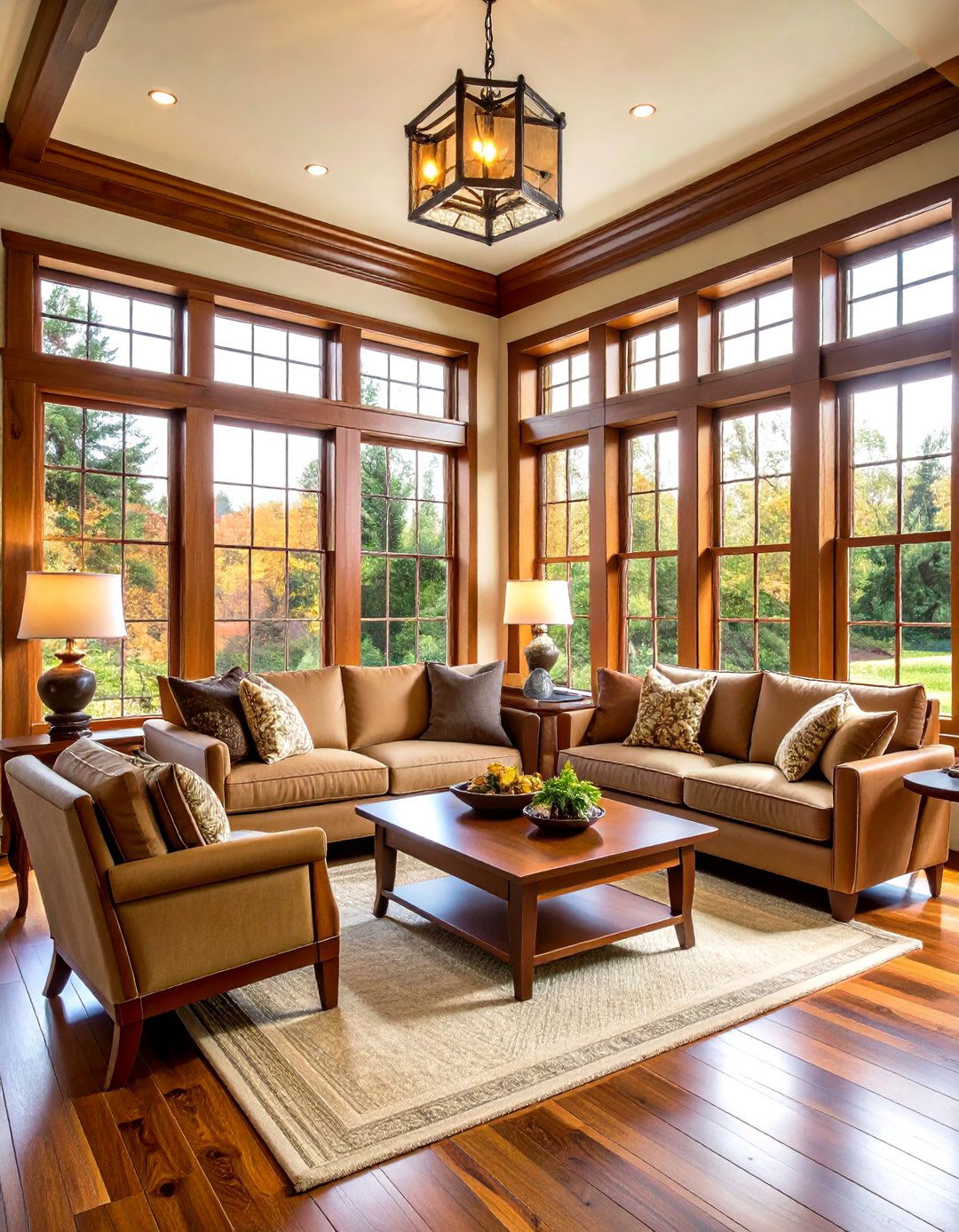
Take inspiration from early Arts-and-Crafts architecture by building a chunky, square-edged frame of 1 × 4 side jambs topped with a 1 × 6 head casing that slightly overhangs the verticals. A narrow 1 × 2 picture-rail cap adds shadow while staying bracket-free for that trademark honest joinery. Stain the clear pine or fir a warm medium brown to highlight grain, then finish with a satin water-based polyurethane for durability without gloss. Carpenters recommend keeping reveal gaps to ⅛ inch and fastening with countersunk finish nails you can later fill and sand for a seamless look.
2. Modern Picture-Frame Window Trim
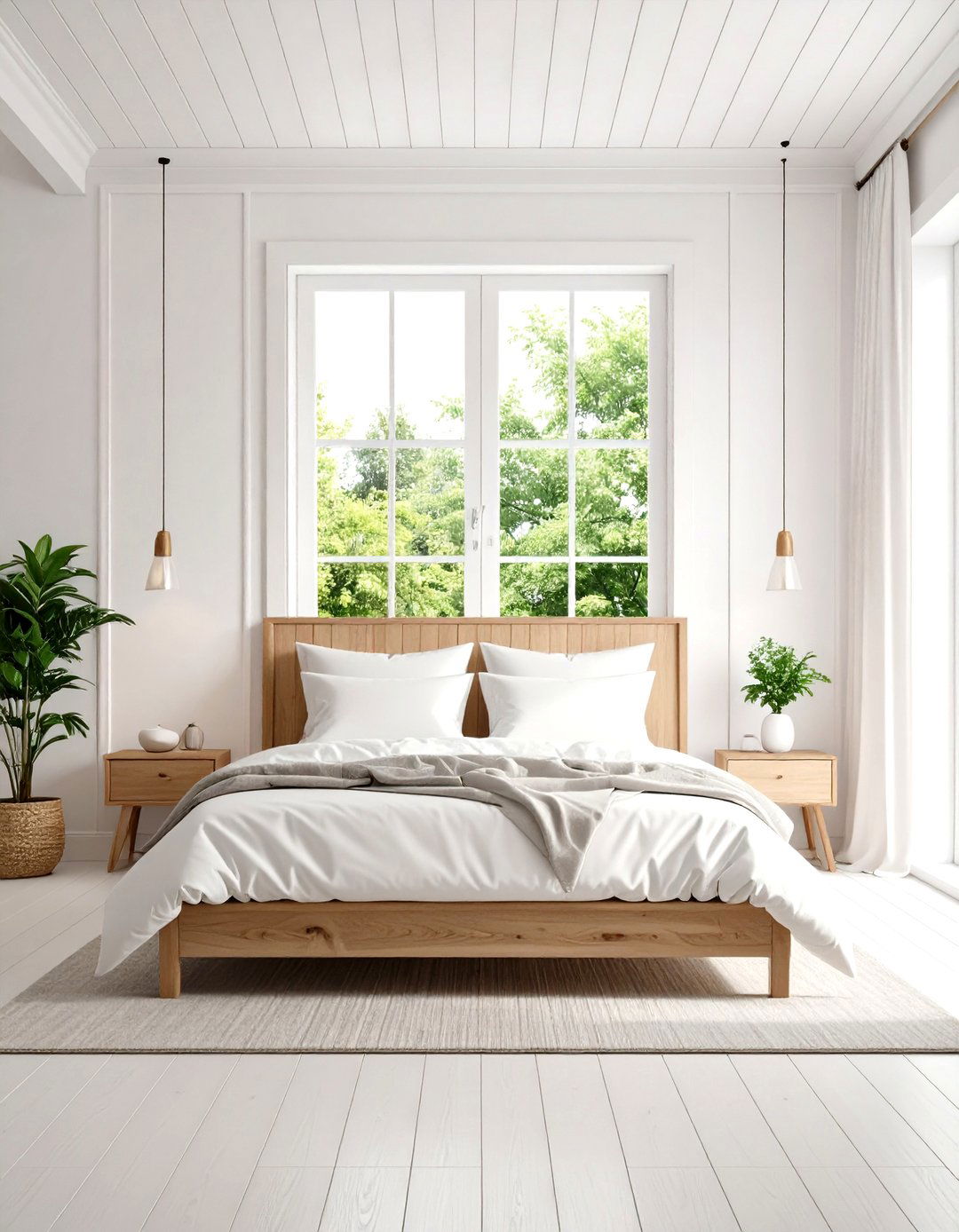
Unlike traditional mitered casings, a minimalist picture-frame treatment uses four equal flat stock boards joined flush at crisp square joints, eliminating drip caps and stools for an unbroken outline. Paint the trim the same hue as the wall—matte white for gallery vibes or charcoal for drama—to blur edges and make glass appear frameless. Integrated drywall returns can be added for deeper recesses if your jamb depth allows. To ensure razor-sharp corners, pre-prime boards, sand between coats, and install with 23-gauge pins before final painting so no fasteners show.
3. Farmhouse Shiplap Window Trim
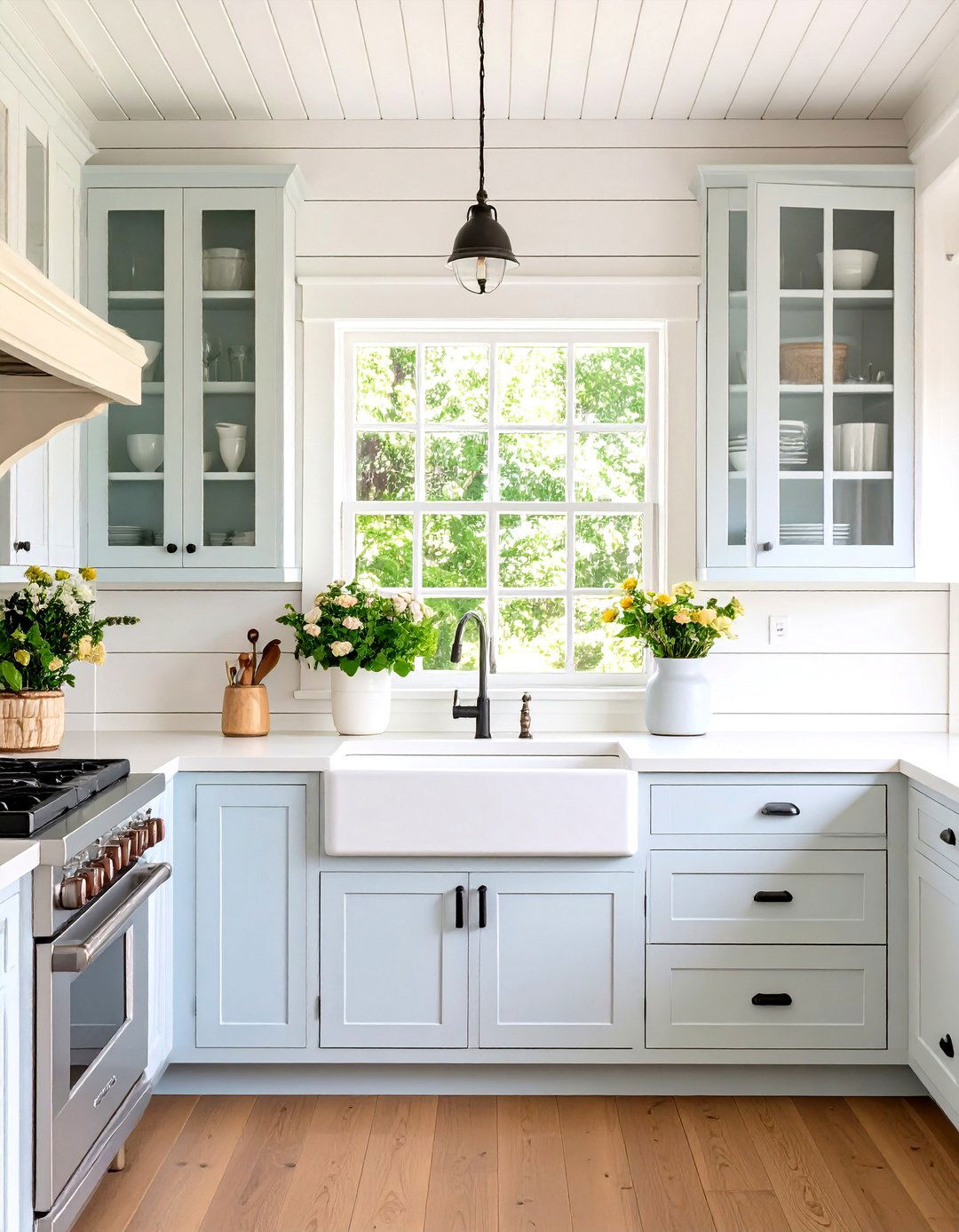
For homes embracing casual country charm, wrap the wall around each window with horizontal 6-inch tongue-and-groove shiplap, then build a simple 1 × 4 picture frame over the planks. Extend a 1 × 3 sill an inch past the side casings and support it with skinny corbels for a vintage touch. A creamy off-white enamel unifies boards and casing while accentuating shiplap grooves. Finish by adding forged-iron L-straps at the top corners for understated detailing that nods to barn doors without overwhelming the room.
4. Industrial Black-Metal Window Trim

Owing to loft-style interiors, steel-look trim instantly sharpens sightlines. Fabricate narrow ¾-inch aluminum angle around the jambs and head, butt-weld the corners, then powder-coat the assembly matte black for a factory-window aesthetic. Pair with drywall returns instead of wood liners to keep edges slim and shadows deep. Inside corners should be caulked with paintable elastomeric sealant to avoid light leaks where metal meets drywall. This style excels with tall casement or fixed-pane units overlooking brick or city views.
5. Colonial Crown-Molded Window Trim
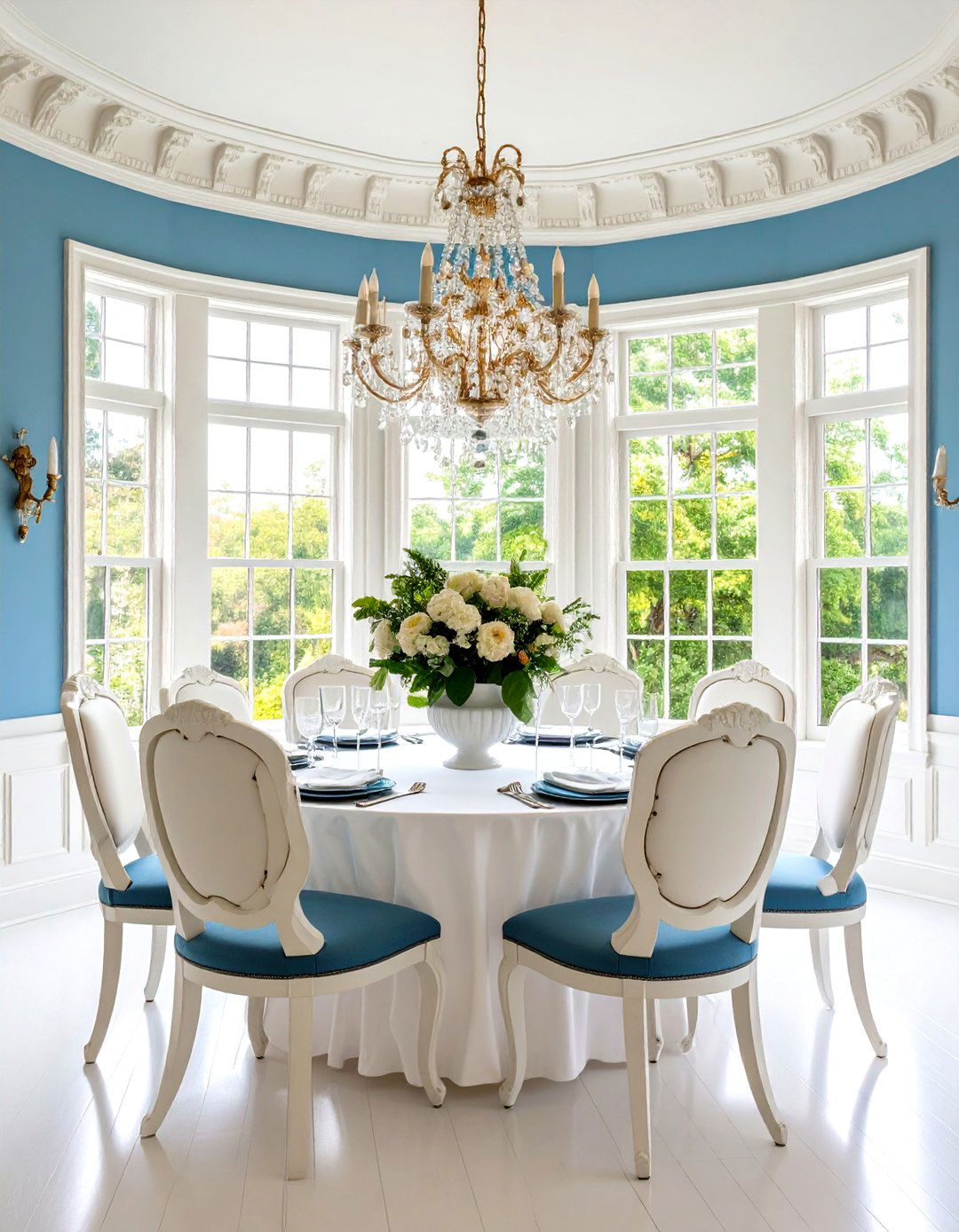
By combining 3-inch beaded side casings with a multi-piece crown pediment, you evoke early-American formality. Build the header from a 1 × 5 backer, a 45-degree cornice crown, and a small inset panel of dentil molding. Paint in a semigloss historical white to highlight crisp profiles, and continue the dentil band across doors for cohesion. A lightly profiled apron beneath the sill balances the ornate top, ensuring the window feels proportionate rather than top-heavy.
6. Scandinavian Light-Wood Window Trim

Looking for airy warmth? Frame windows with clear-grade pine or birch sanded to 220 grit, then finish with a natural matte hard-wax oil that keeps the wood blond. Keep boards square-cut and only ½-inch proud of wall planes so sunlight washes across the subtle grain. Pair with white walls and pale floors for a cohesive Nordic palette, and run flush extension jambs instead of protruding stools to maximize minimalism.
7. Victorian Gingerbread Window Trim
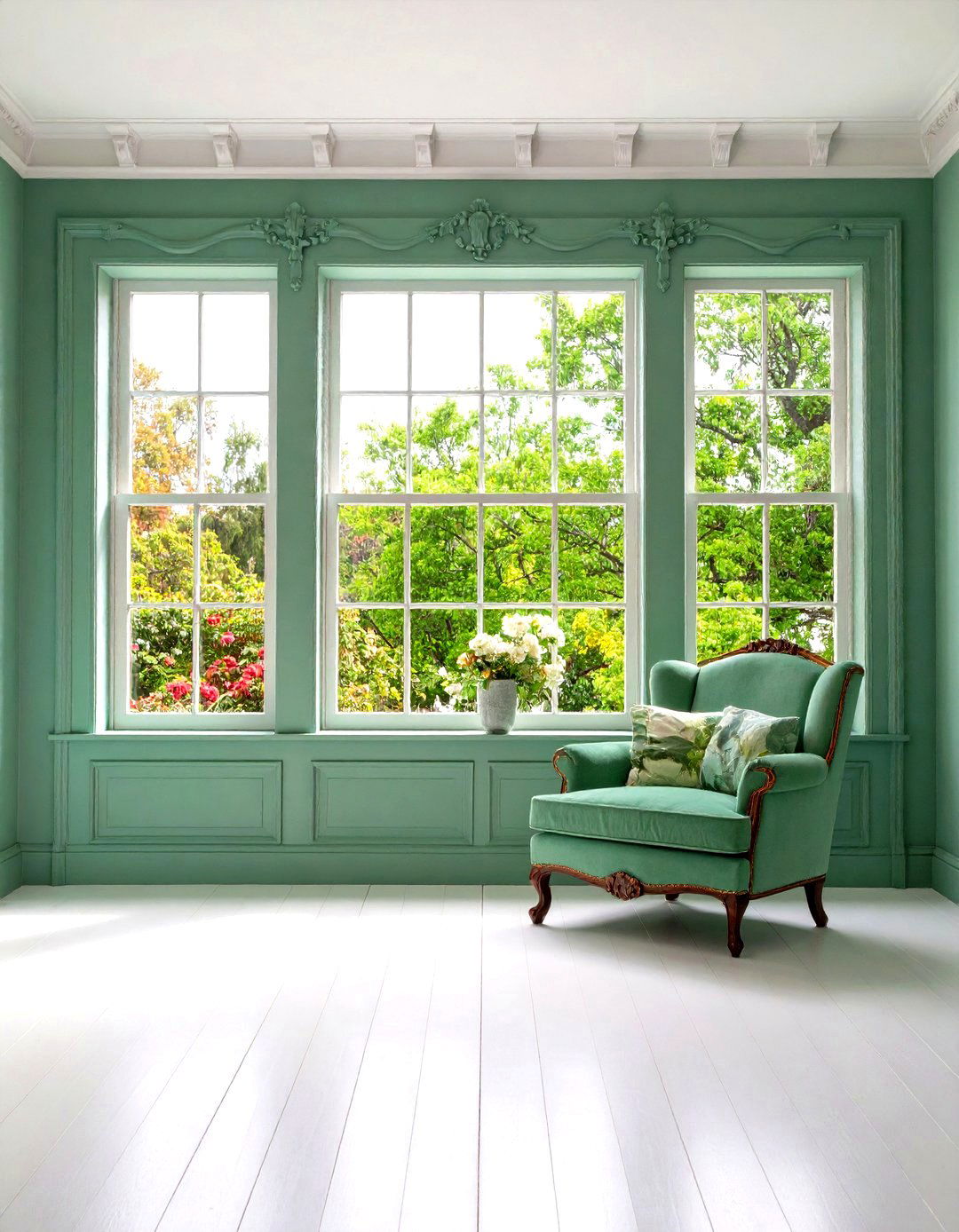
For ornate period homes, layer a slim ogee casing beneath an intricately scroll-cut apron and lace-like overmantel of fretwork panels. Accentuate depth by painting the base color a muted sage and the fretwork two shades lighter. Finish edges with a gold liner pen for an authentic “gilded age” glint. Because tiny cut-outs collect dust, brush on a protective clear coat that simplifies cleaning without dulling detail.
8. Rustic Reclaimed Barnwood Window Trim
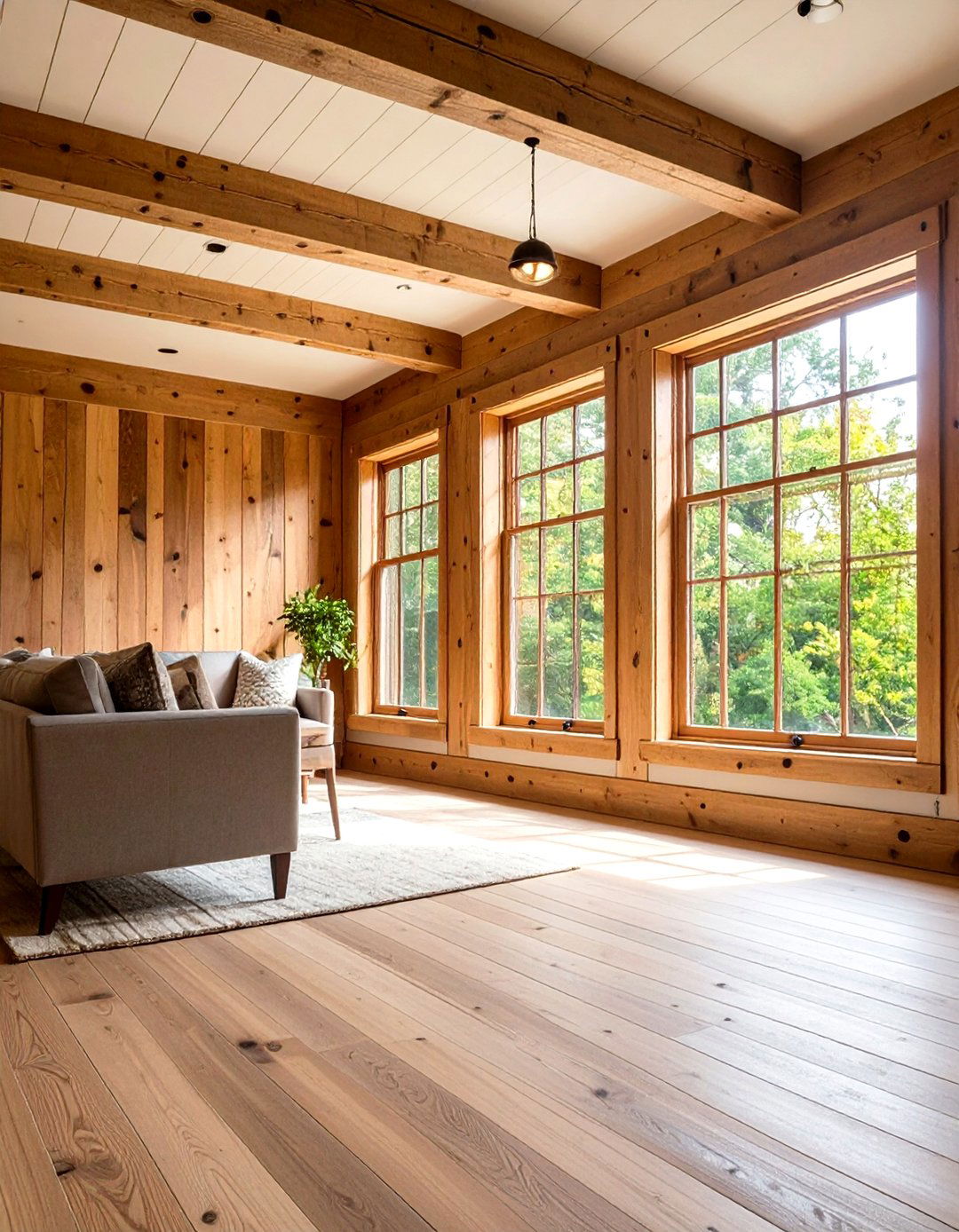
Certainly nothing says cozy cabin like knot-scarred barn boards trimmed into chunky 1 × 5 casings. Plane only the back face so the time-worn front retains weathered texture, then seal with matte spar urethane to freeze patina and resist UV fade. Use black square-cut nails left slightly proud for authentic character, and add a thick 2-inch-deep shelf sill to display ironstone pottery or vintage lanterns.
9. Art Deco Fluted Window Trim
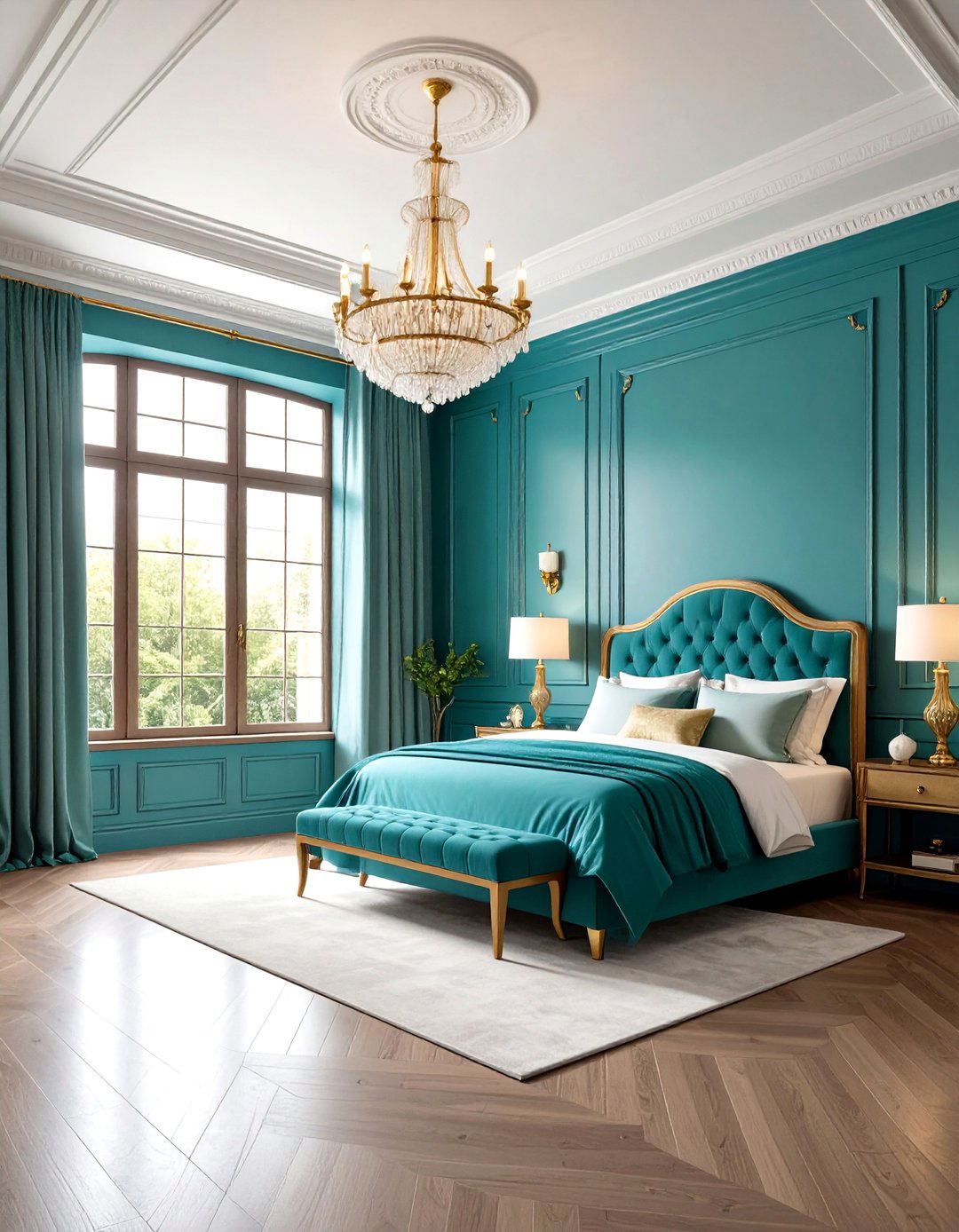
Fluted poplar casings—grooved vertically like classical columns—paired with a stepped header block instantly reference 1920s glamour. Paint trim a high-gloss muted teal and install a slim brass picture rail directly beneath the crown for extra sheen. Keep side boards wider (4 inches) than head and apron to emphasize soaring lines typical of Deco interiors, and align flute grooves precisely with door casings for rhythm.
10. Mid-Century Slimline Window Trim

With, sleek horizontal emphasis defines this look: use ¾-inch finger-jointed pine ripped to 1 ¾ inches, sand edges crisp, and finish in satin walnut stain. Skip stools and aprons; instead, run trim flush to drywall for an almost picture-frame effect that lets glass dominate. Brass-toned flush window locks and louvers echo iconic MCM hardware, while integrated roller shades hide in a ceiling pocket for uncluttered sightlines.
11. Coastal White Beadboard Window Trim
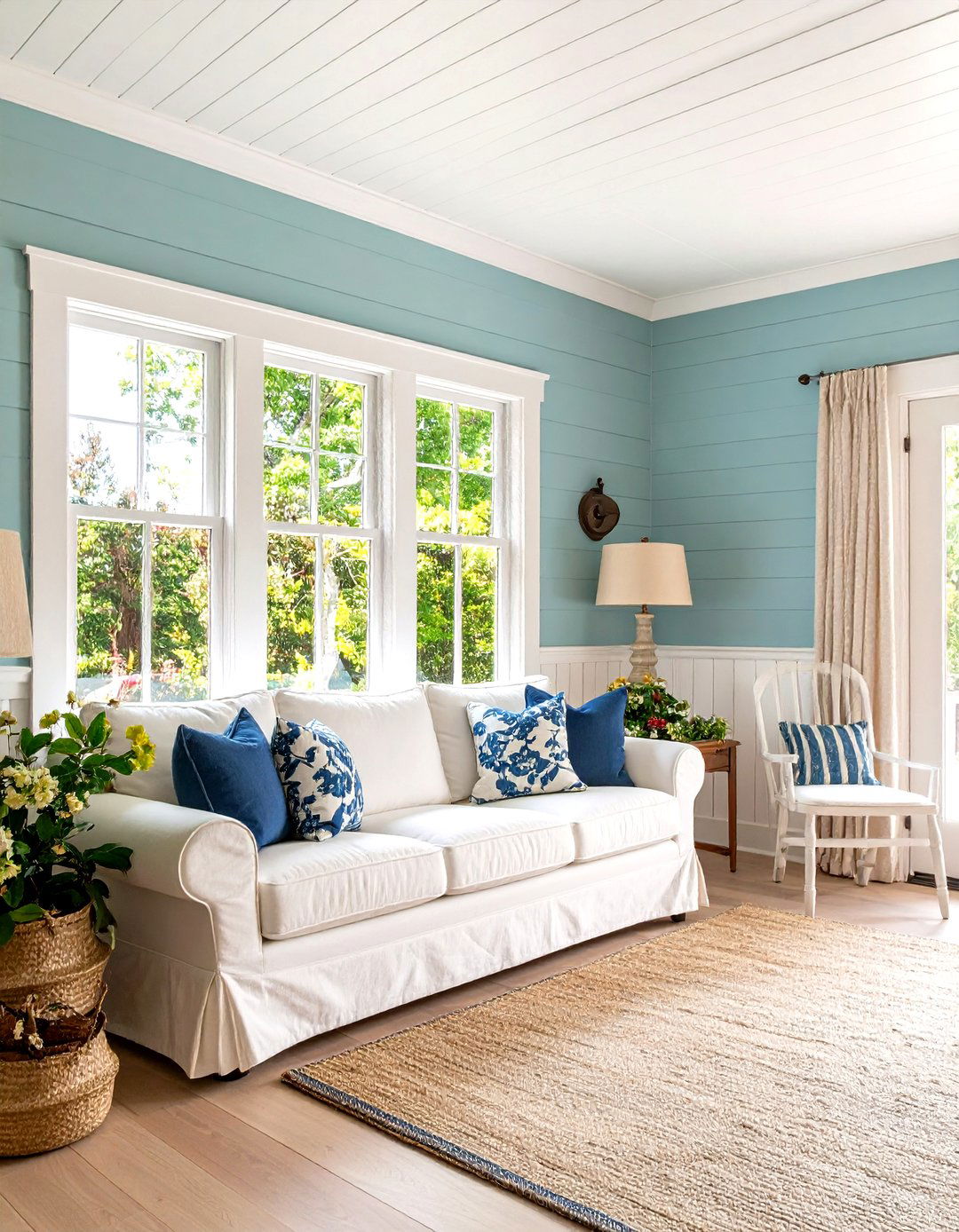
In breezy beach cottages, create cottage charm by paneling the lower half of each wall with beadboard, then capping it with a 3 ½-inch ledge that doubles as the window stool. Casings should be 1 × 4 MDF finished in bright white enamel to withstand salty air and frequent wiping. Consider installing moisture-resistant PVC beadboard in baths to prevent swelling. Finally, leave a ⅛-inch gap above panels and caulk before paint to hide seasonal movement.
12. Mediterranean Arched Stucco Window Trim
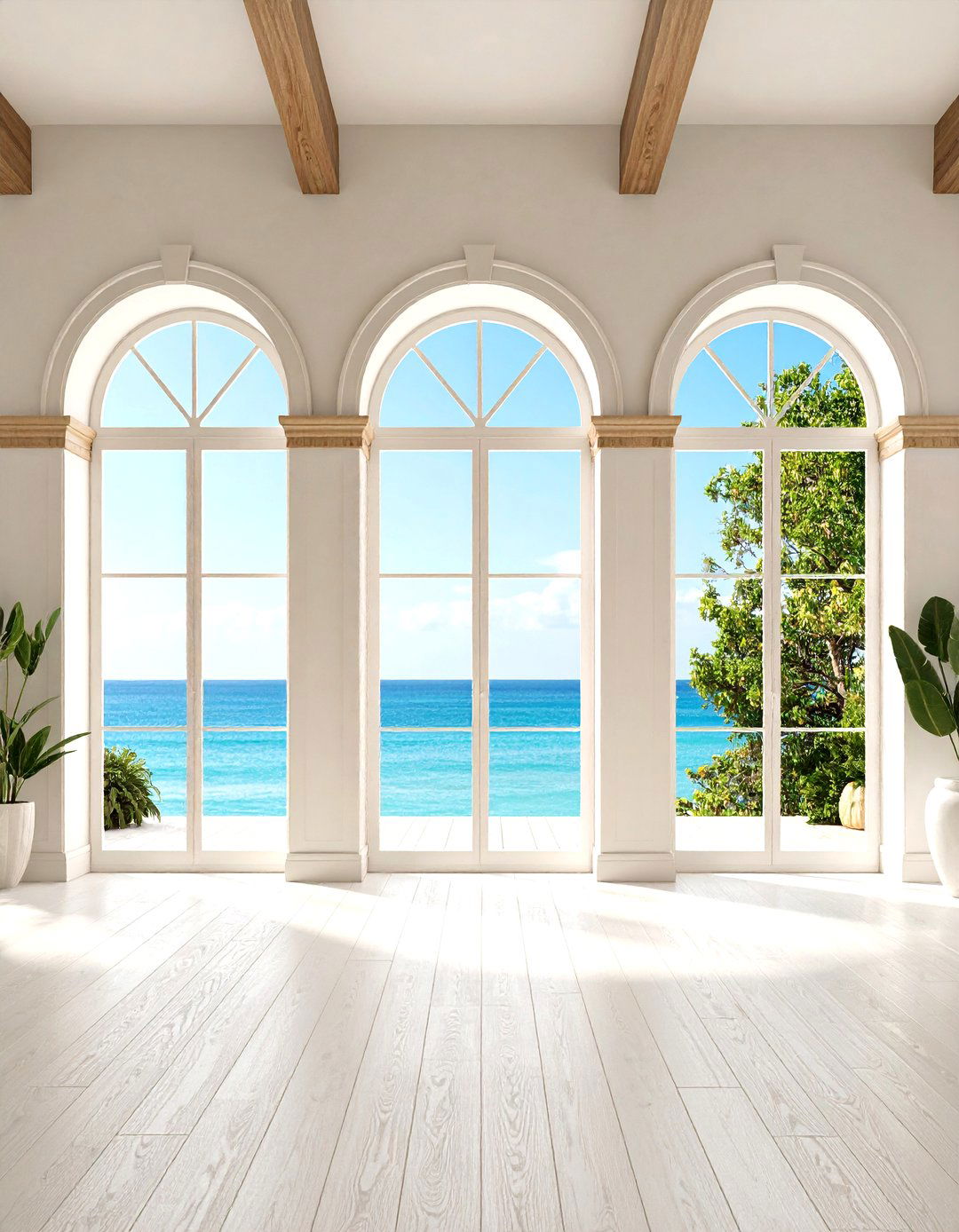
For sun-washed villas, shape insulating foam into subtle arches, coat with cementitious stucco, and paint a sandy taupe to emulate stone. Complement with interior wood-stained stools supported by corbels for seating small potted herbs. Because stucco expands under heat, embed fiberglass mesh in the base coat and use flexible sealant where trim meets masonry to prevent hairline cracks.
13. Contemporary Drywall-Return Window Trim
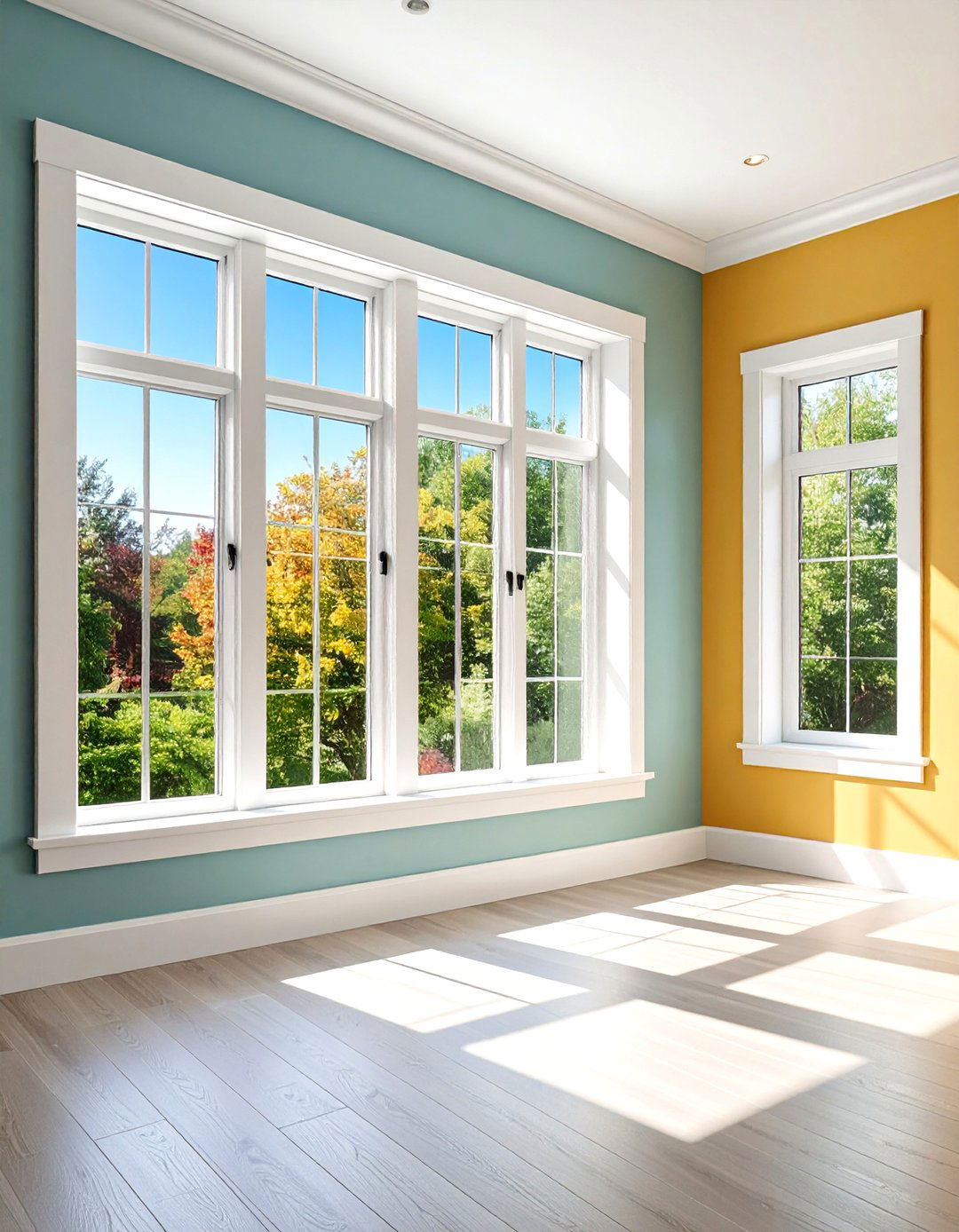
Looking for zero-profile edges? Return drywall directly into the jambs, finish with metal L-beads, and skim coat flush so no wood shows. A 2-inch reveals channel around the frame casts thin shadow lines that replace casing altogether. Pair with hidden roller shades recessed in the header and paint jambs the wall color for continuous planes. Finish corners with high-build primer for chip resistance.
14. Mountain Lodge Log Window Trim
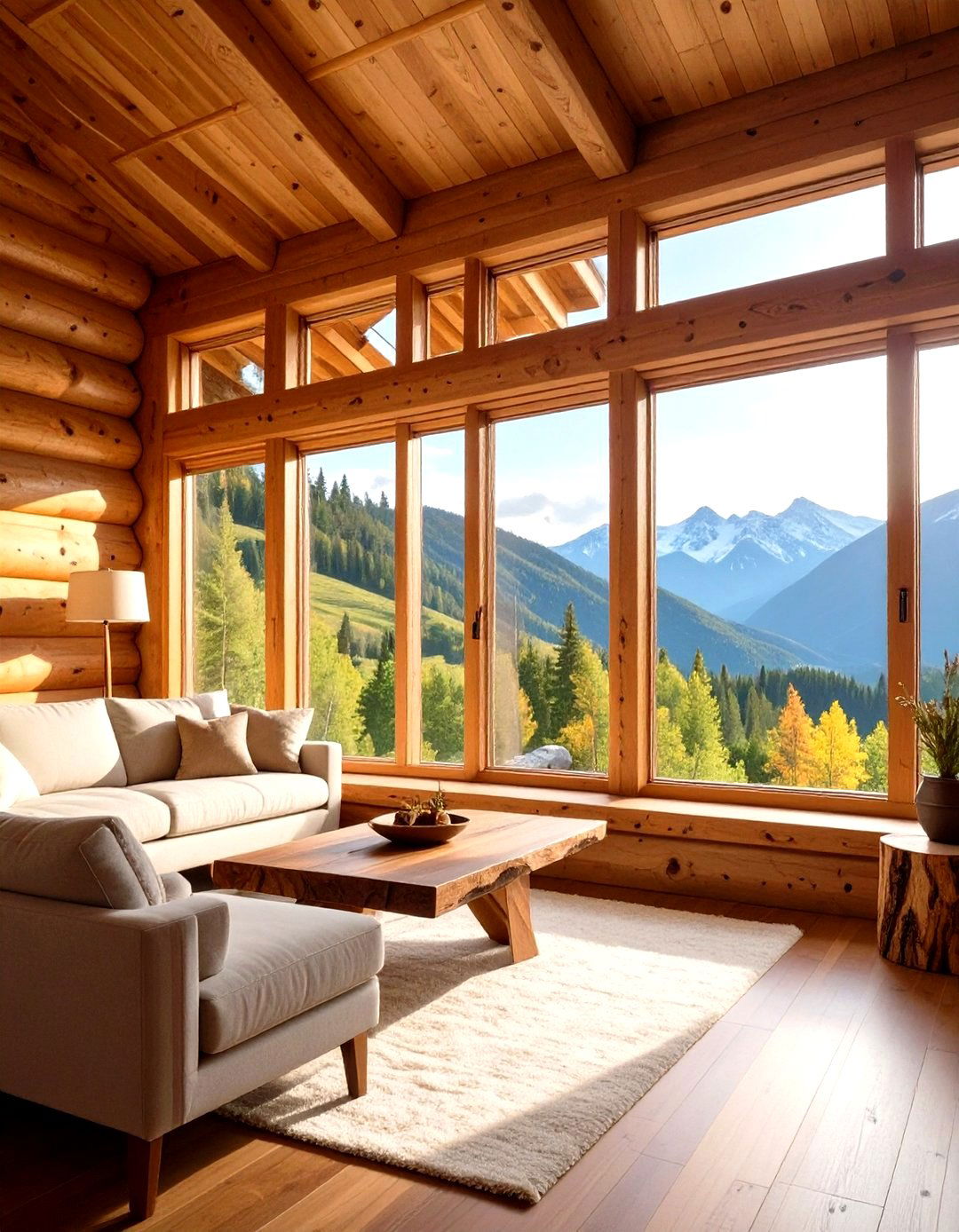
In timber retreats, carve half-log slabs to form rounded casings that echo the bigger structural logs. Chink gaps with tinted sealant to match mortar lines, then oil with penetrating tung oil for a natural matte sheen that repels moisture without forming film. A live-edge cedar sill completes the handcrafted look and offers room for evergreen sprigs or antler décor.
15. Luxe Layered-Molding Window Trim
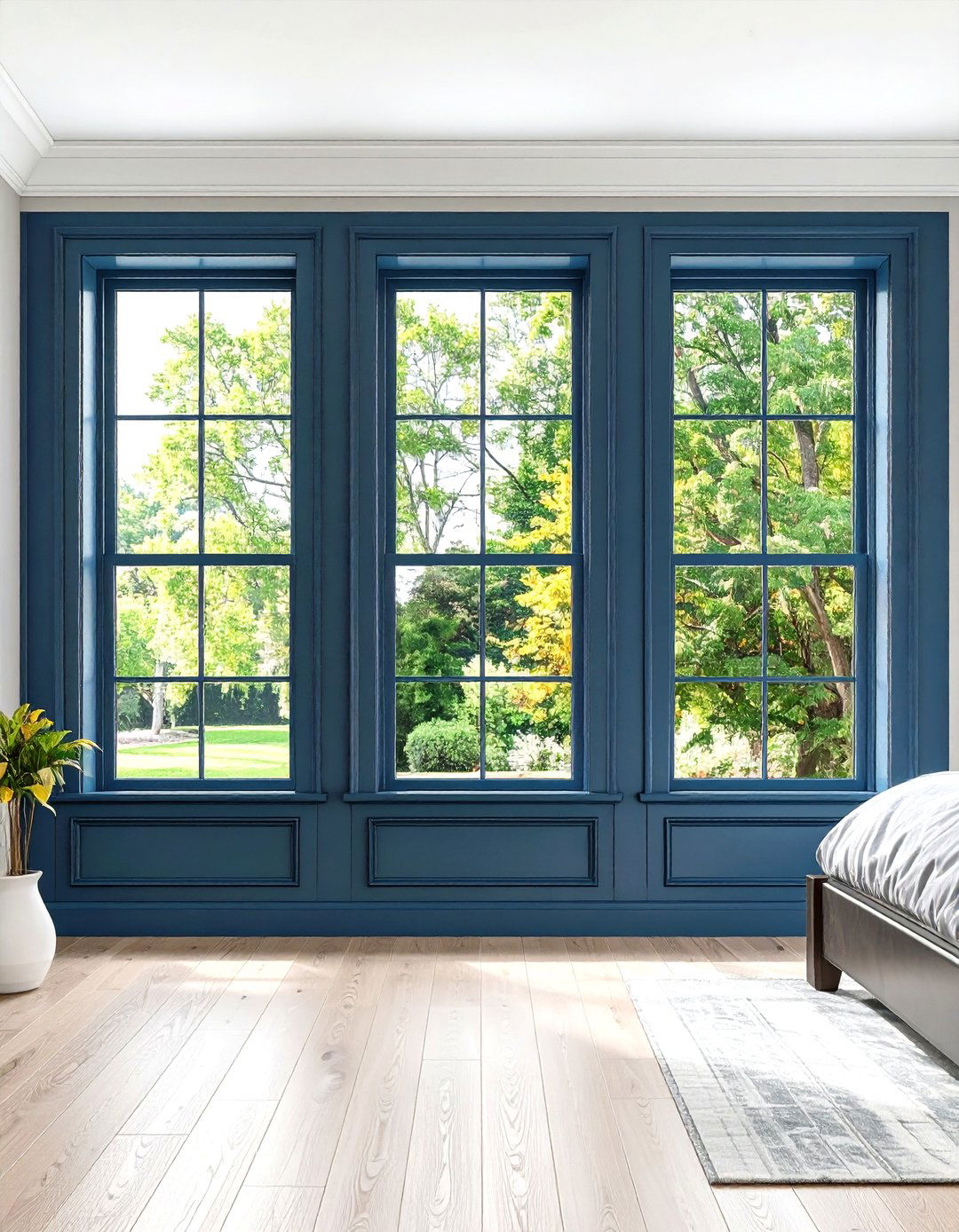
By stacking multiple profiles—start with a 3-inch back band, overlay a 2-inch cove, then cap with small ogee—you build dramatic depth ideal for formal dining rooms. Brush on rich charcoal lacquer to emphasize shadows; the monochrome palette keeps the complex millwork sophisticated. Line header joints with blocking so layers stay perfectly aligned over time, and finish nail through all pieces into studs.
16. Eco-Friendly Bamboo Window Trim
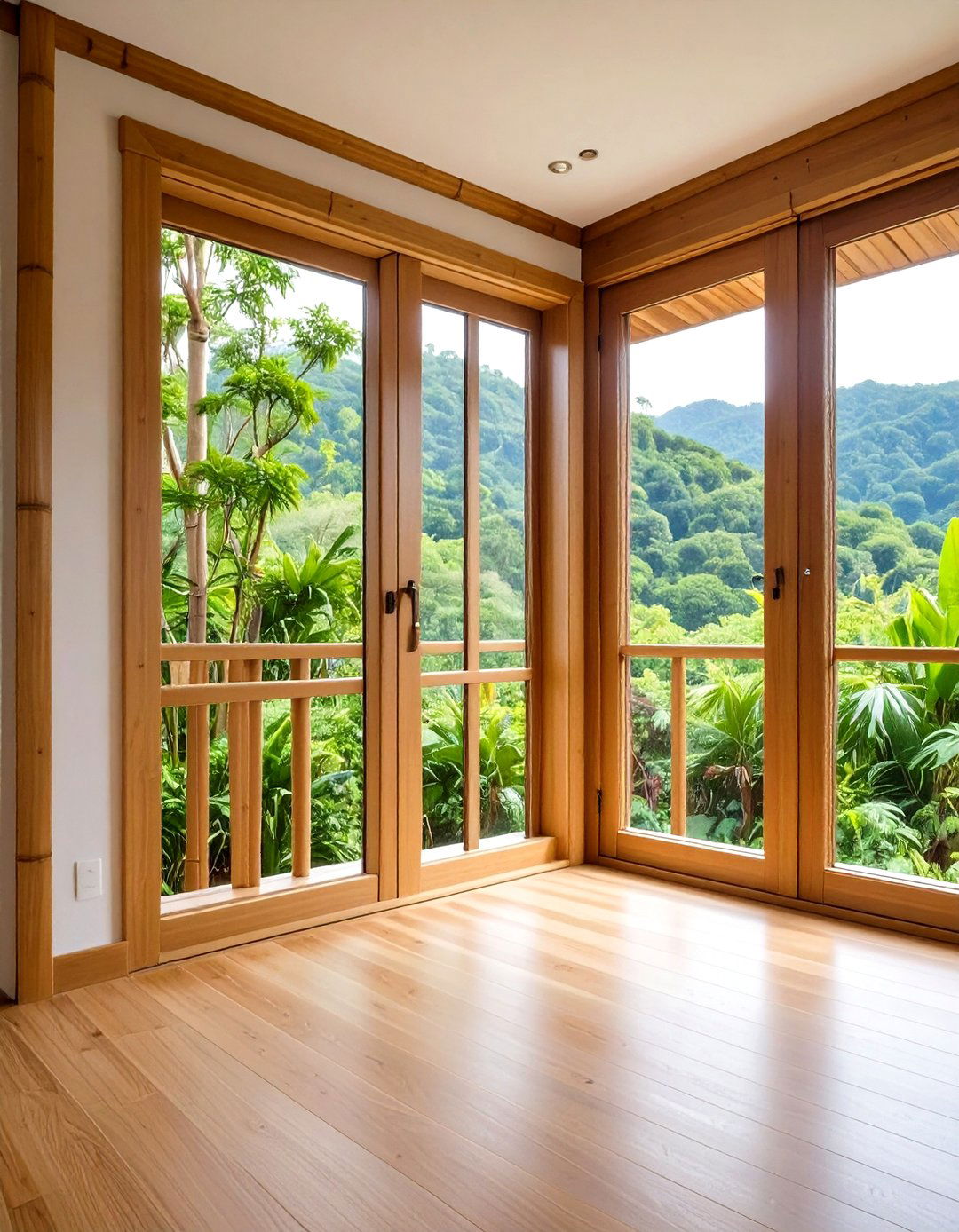
Sustainability-minded renovators can mill wide bamboo boards into 3×½-inch casings that outperform hardwood in hardness and moisture resistance. Seal with low-VOC water-borne polyurethane and fit joints with tight butt corners to avoid wasteful off-cuts. Because bamboo changes tone under sun, apply a UV-blocking finish to maintain its pale caramel hue. Pair with recycled-cotton Roman shades for a full green package.
17. High-Contrast Dark Exterior Window Trim
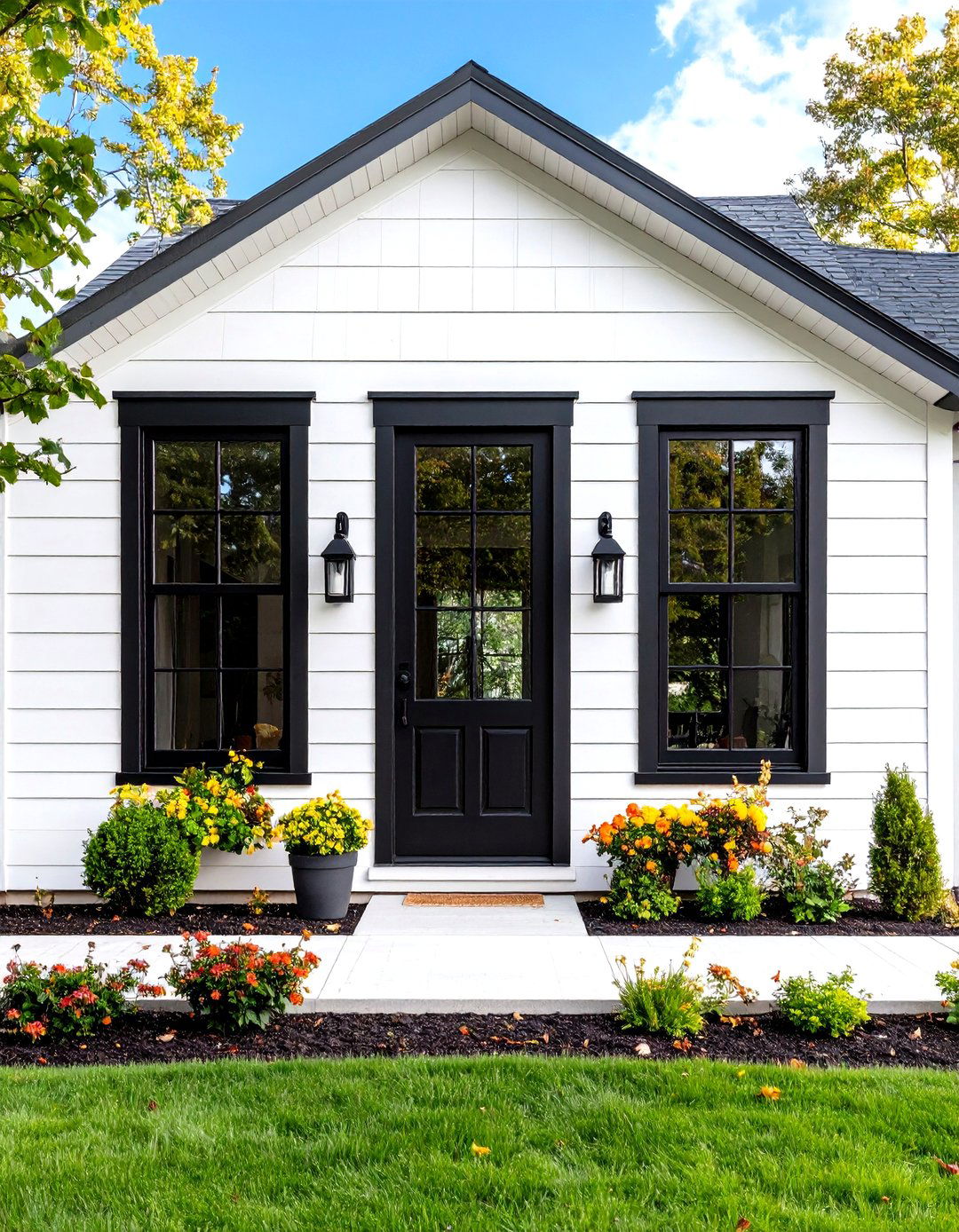
Owing to modern farmhouse trends, painting exterior casings deep black or charcoal creates an “eyeliner” effect that punctuates white siding. Choose high-build acrylic enamel formulated for UV stability and back-prime all surfaces before installation to reduce cupping. Match trim width to sash thickness for neat sightlines, and add matching black shutters only if windows lack architectural heft.
18. Energy-Efficient Vinyl Brickmold Window Trim
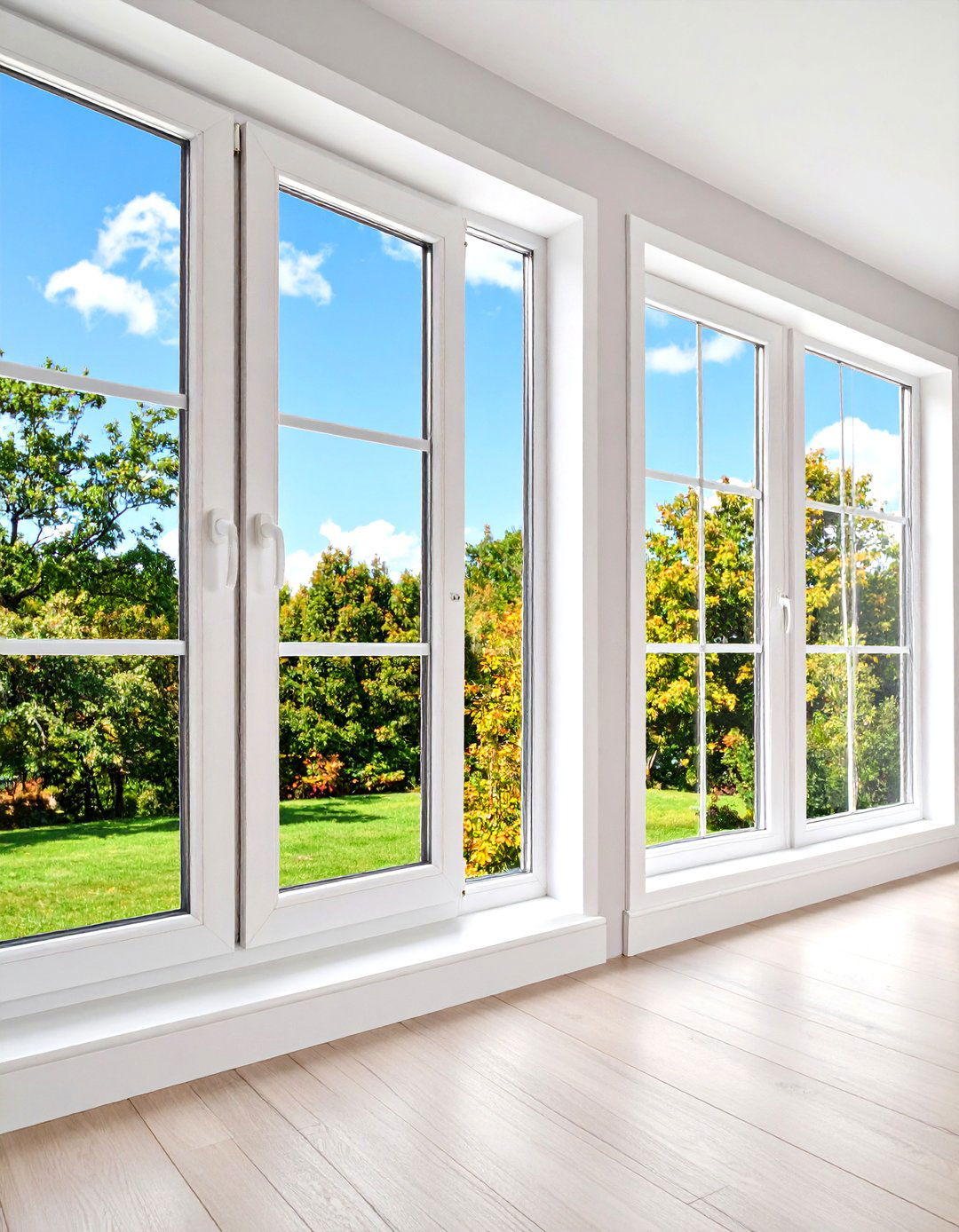
To reduce maintenance, upgrade to pre-primed cellular-PVC or vinyl brickmold that resists rot and insulates jamb gaps. Use expanding low-expansion foam behind flanges, then cover with the trim, sealing seams with color-matched solvent-weld adhesive instead of caulk for watertight joints. Finish with acrylic paint rated for plastics if color change is desired, but factory white rarely needs touch-up.
19. Smart Blind-Integrated Window Trim

For ultimate convenience, build a 2 ½-inch-deep hollow header that conceals motorized roller blinds; run low-voltage wiring down one jamb behind removable magnetic trim for service access. A flush-mounted touch switch controls individual windows, while a hub allows smartphone scene settings. Keep casings plain 1 × 3 so the tech, not the trim, takes center stage.
20. Georgian Dentil-Crowned Window Trim
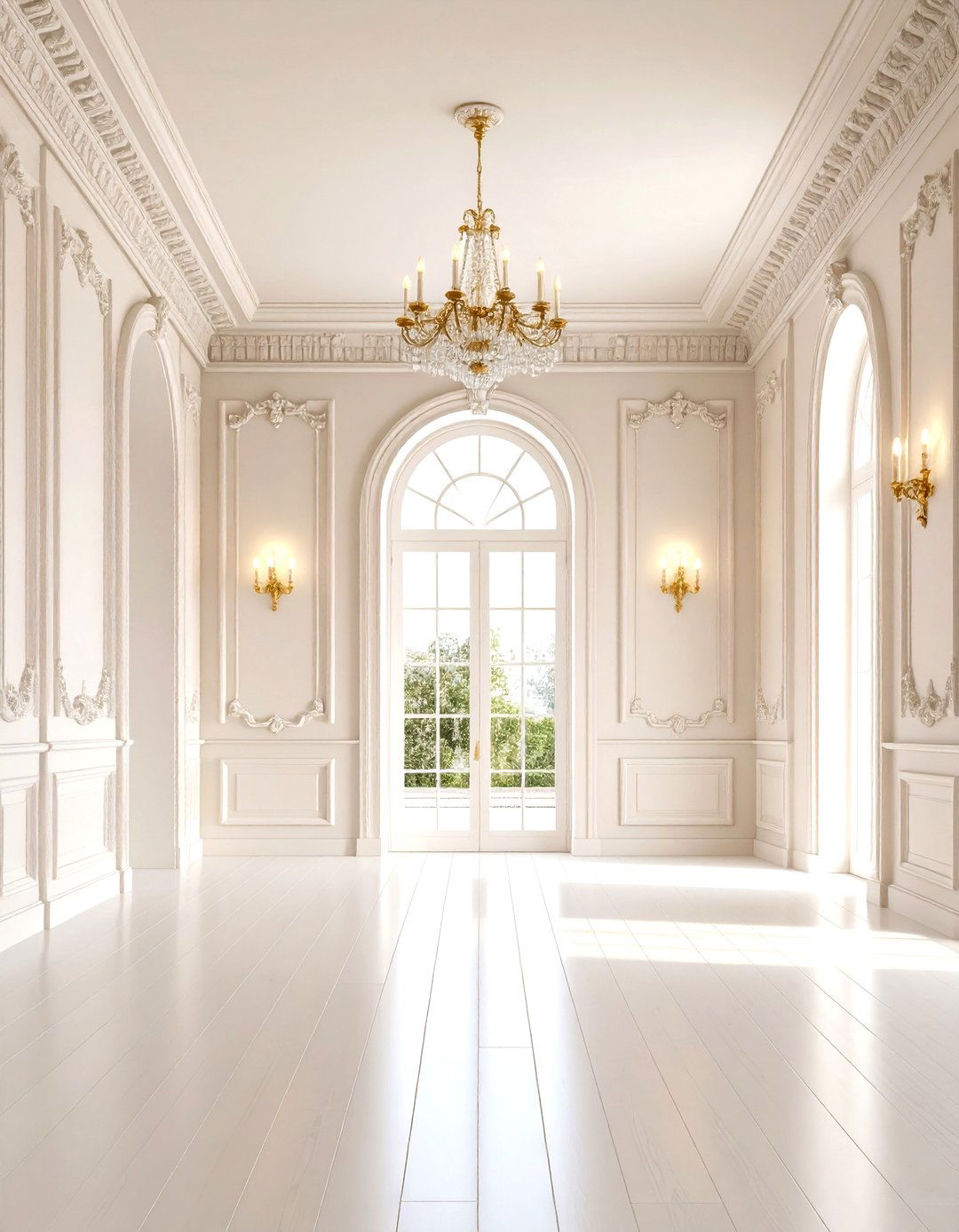
Finally, channel stately eighteenth-century elegance with symmetrically spaced dentil blocks beneath a bold crown shelf. Pair with fluted side casings and a thick plinth block at the base for gravitas. Paint in an eggshell ivory that softens sun glare yet respects heritage colorways. Period-accurate restoration calls for wood filler over nail holes and a final hand-sanded topcoat for a furniture-grade finish.
Conclusion:
All things considered, thoughtful window trim elevates architecture, moderates light, and reinforces style. Whether you favor streamlined drywall returns or ornate dentil crowns, each idea above offers a complete, practical blueprint—materials, finish, and key installation notes—to help you craft frames that perfectly complement your space.


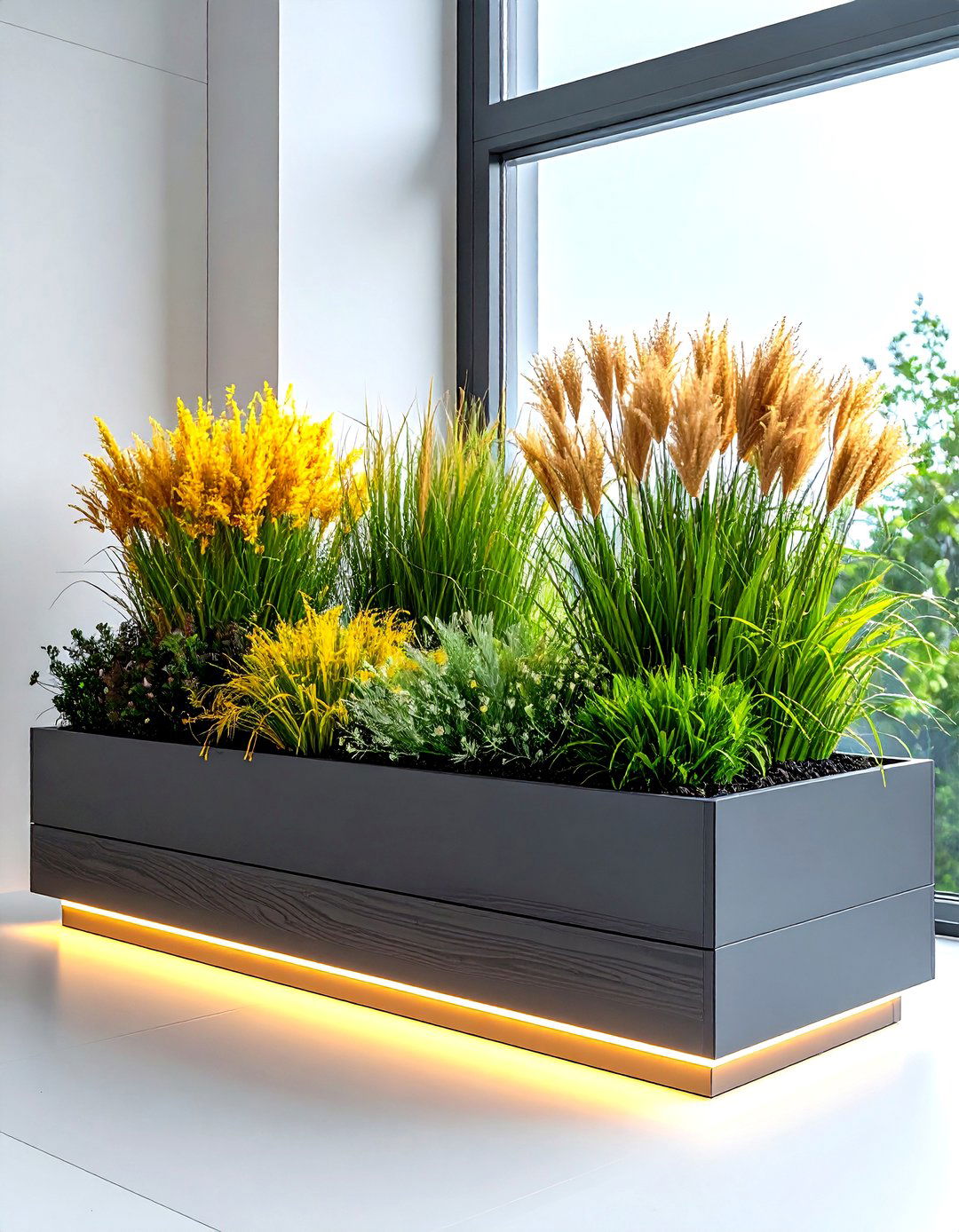
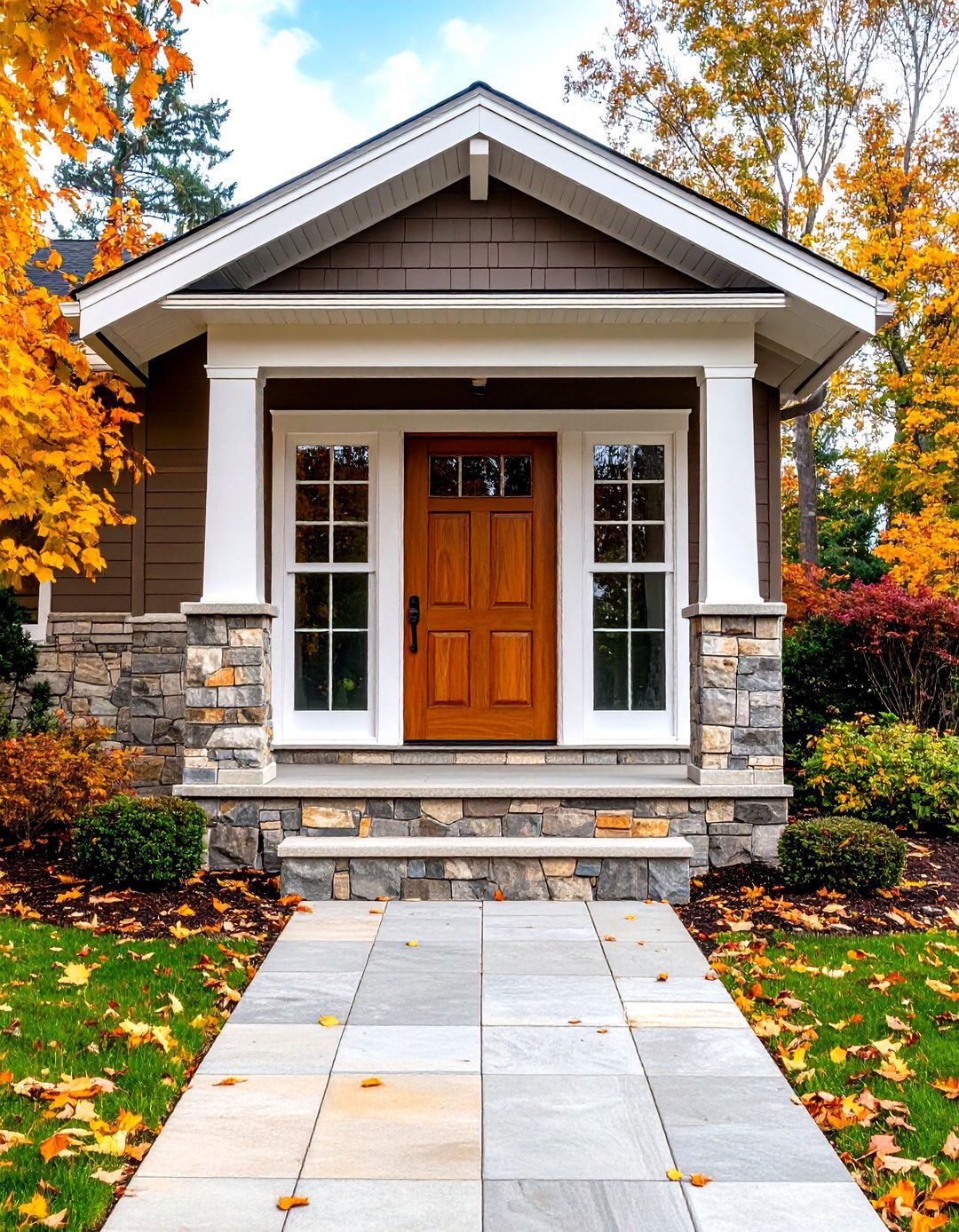
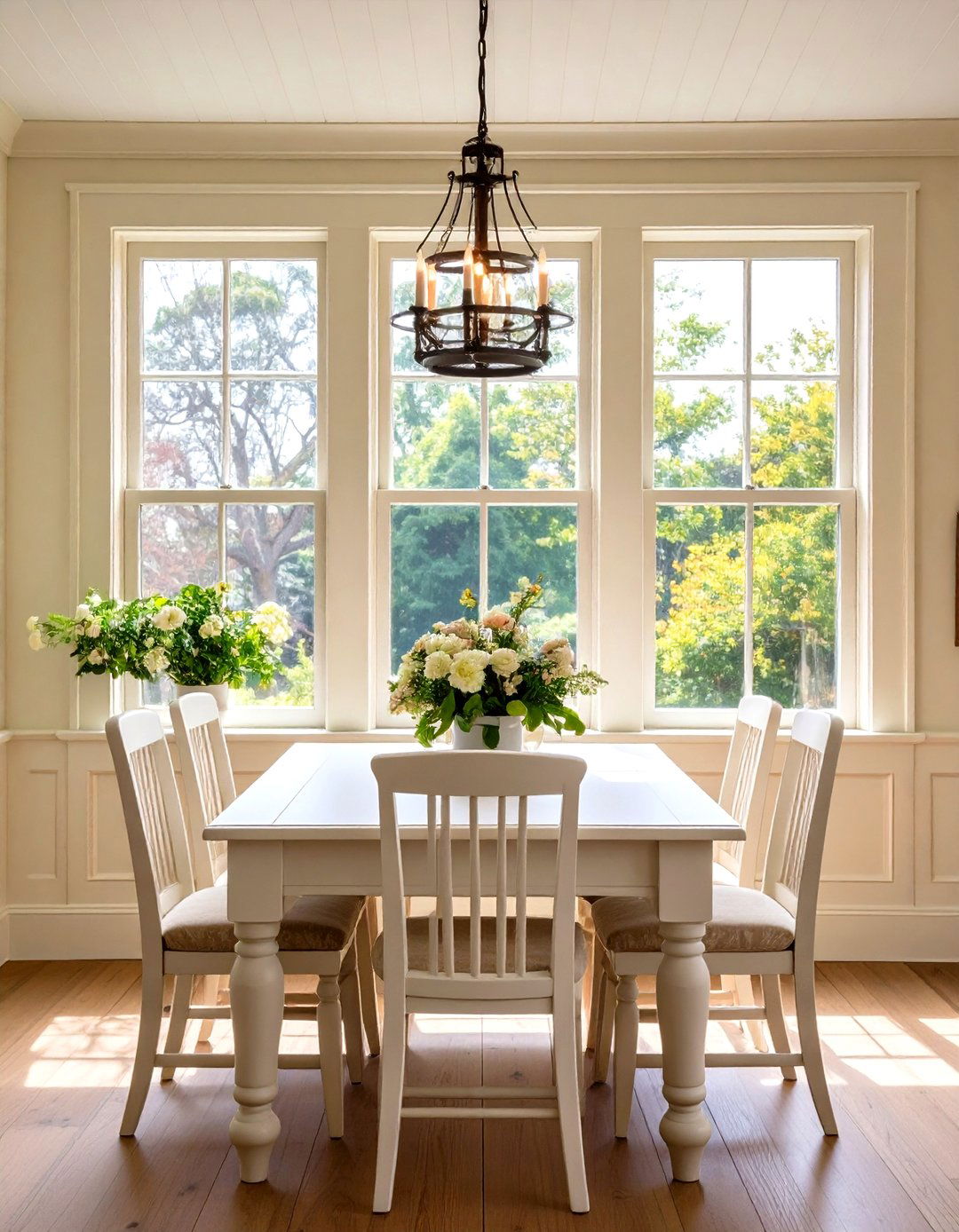
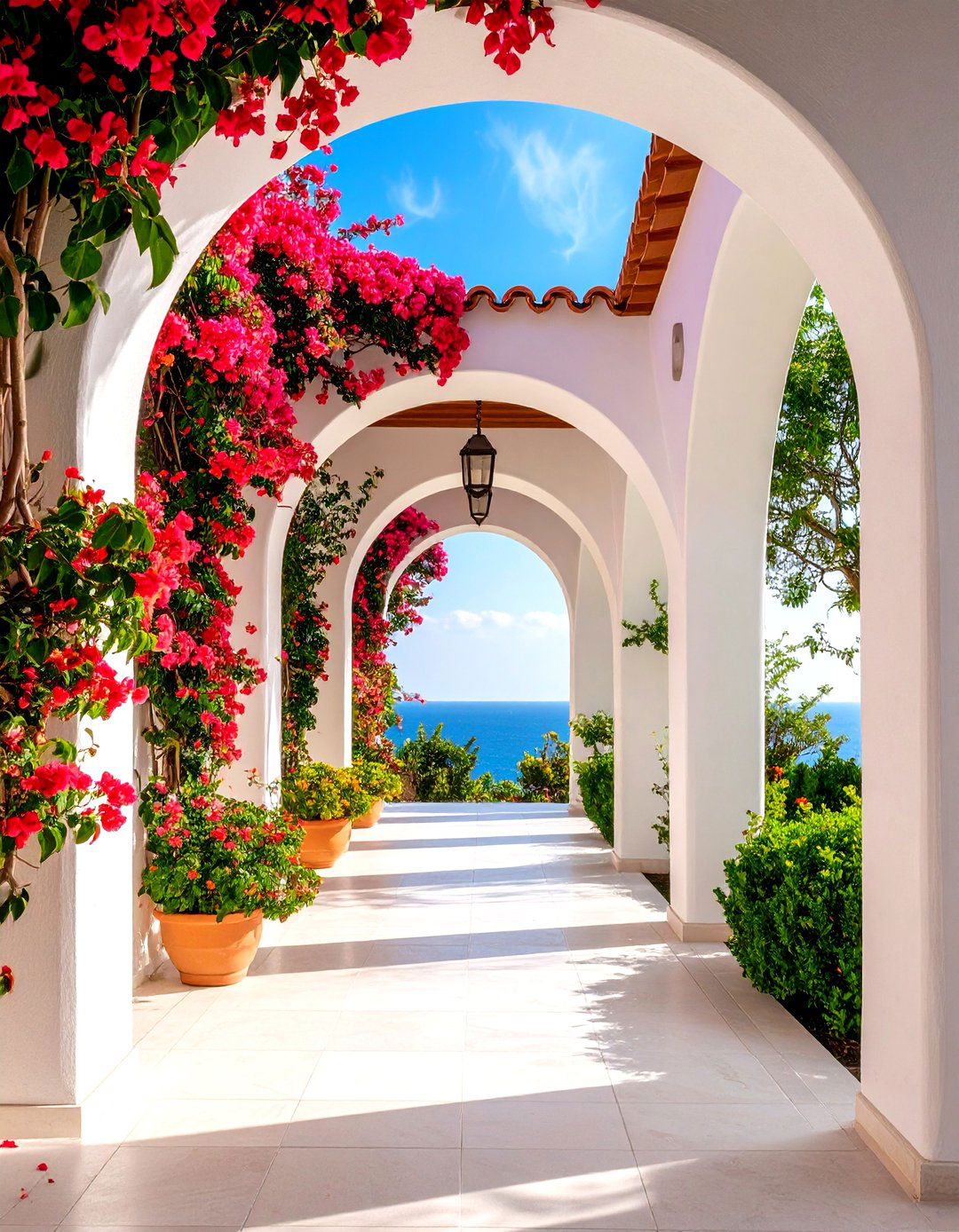
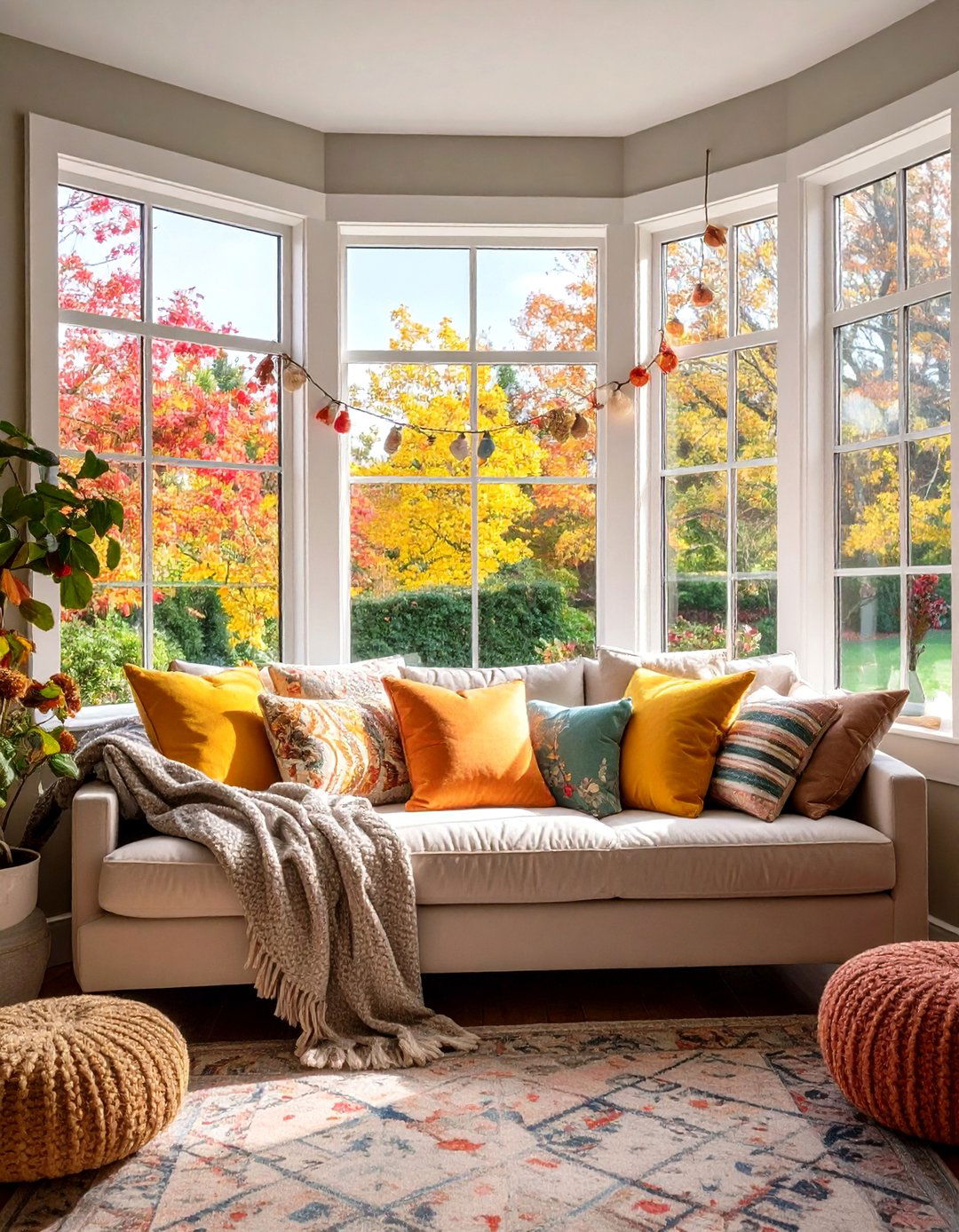
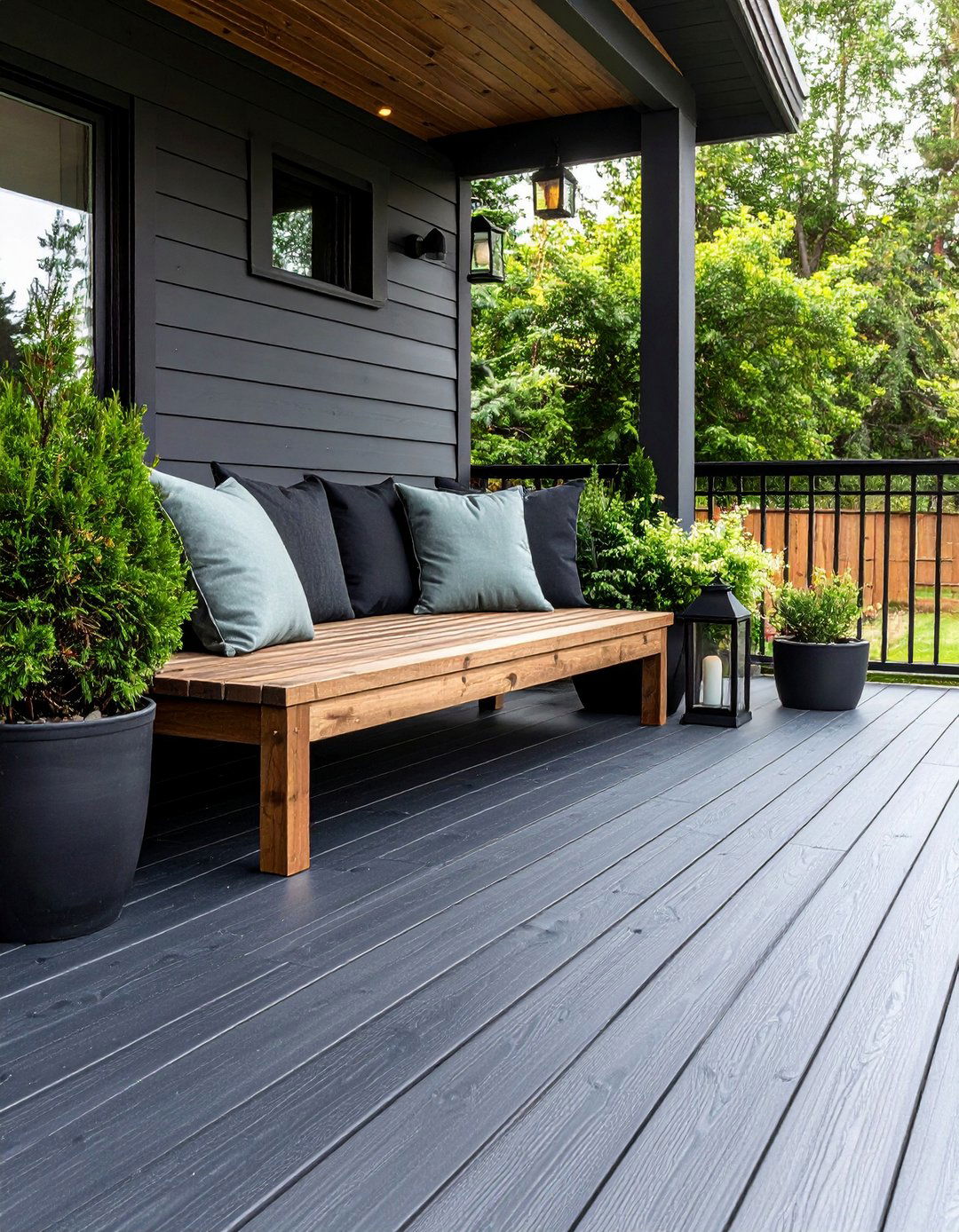

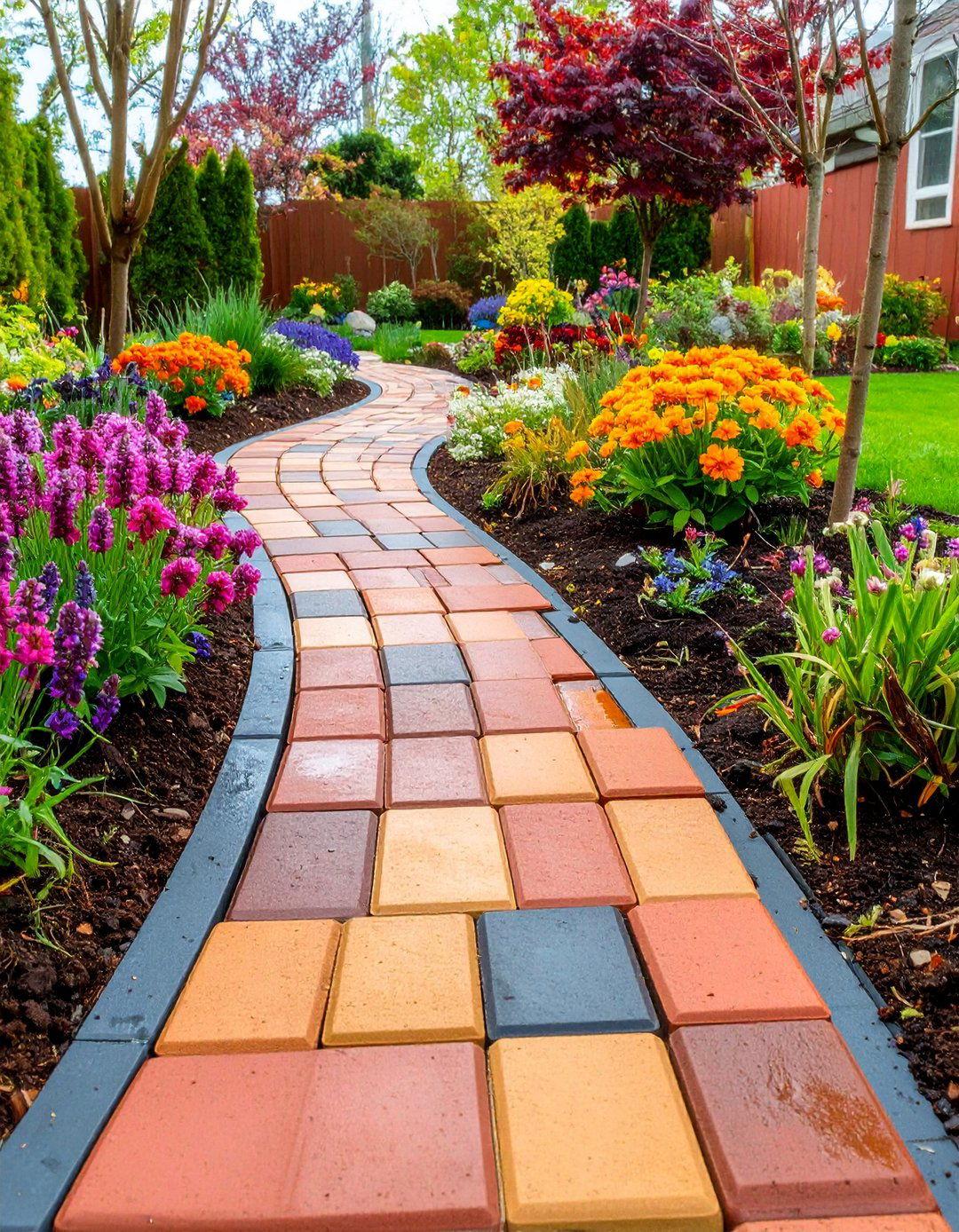
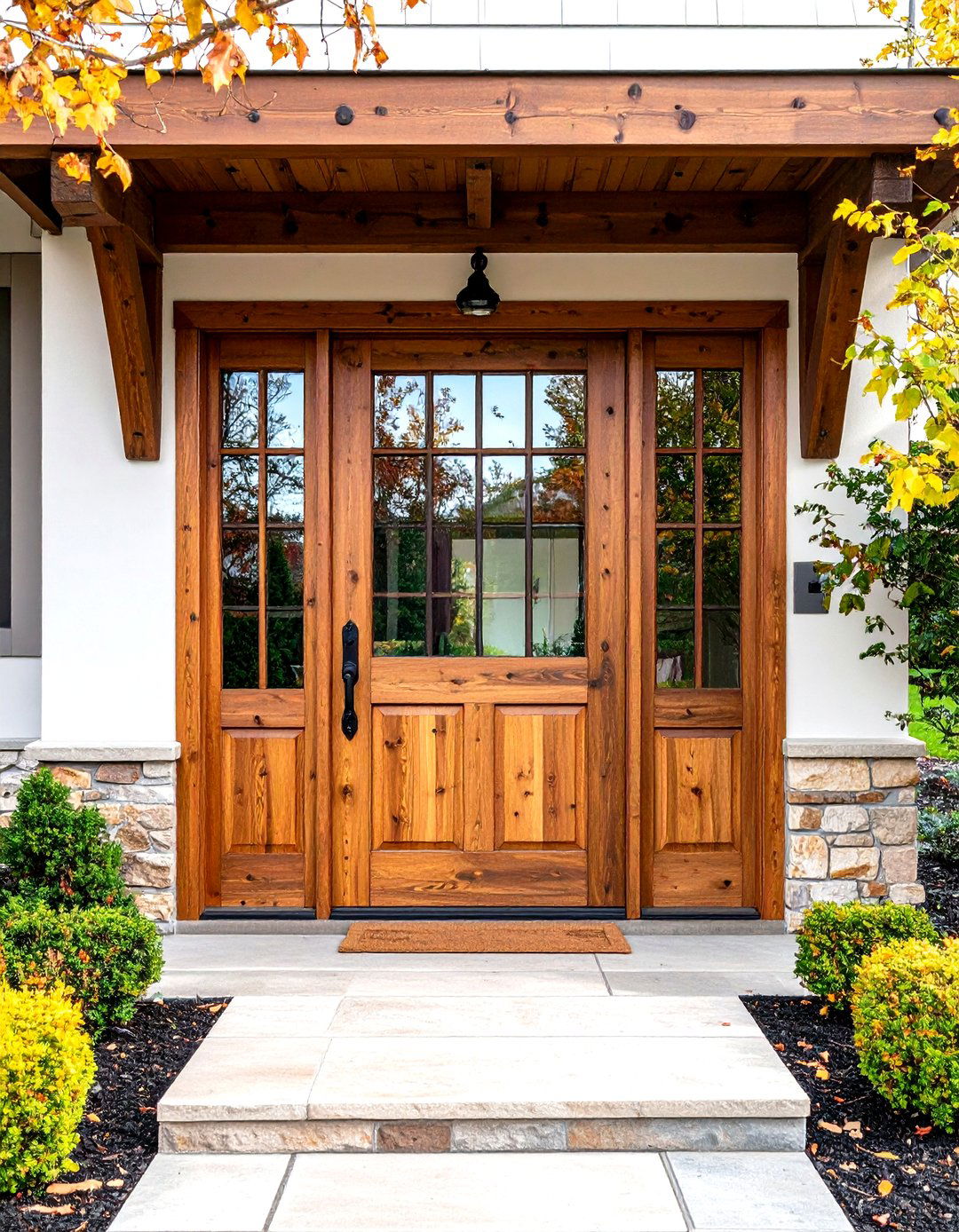

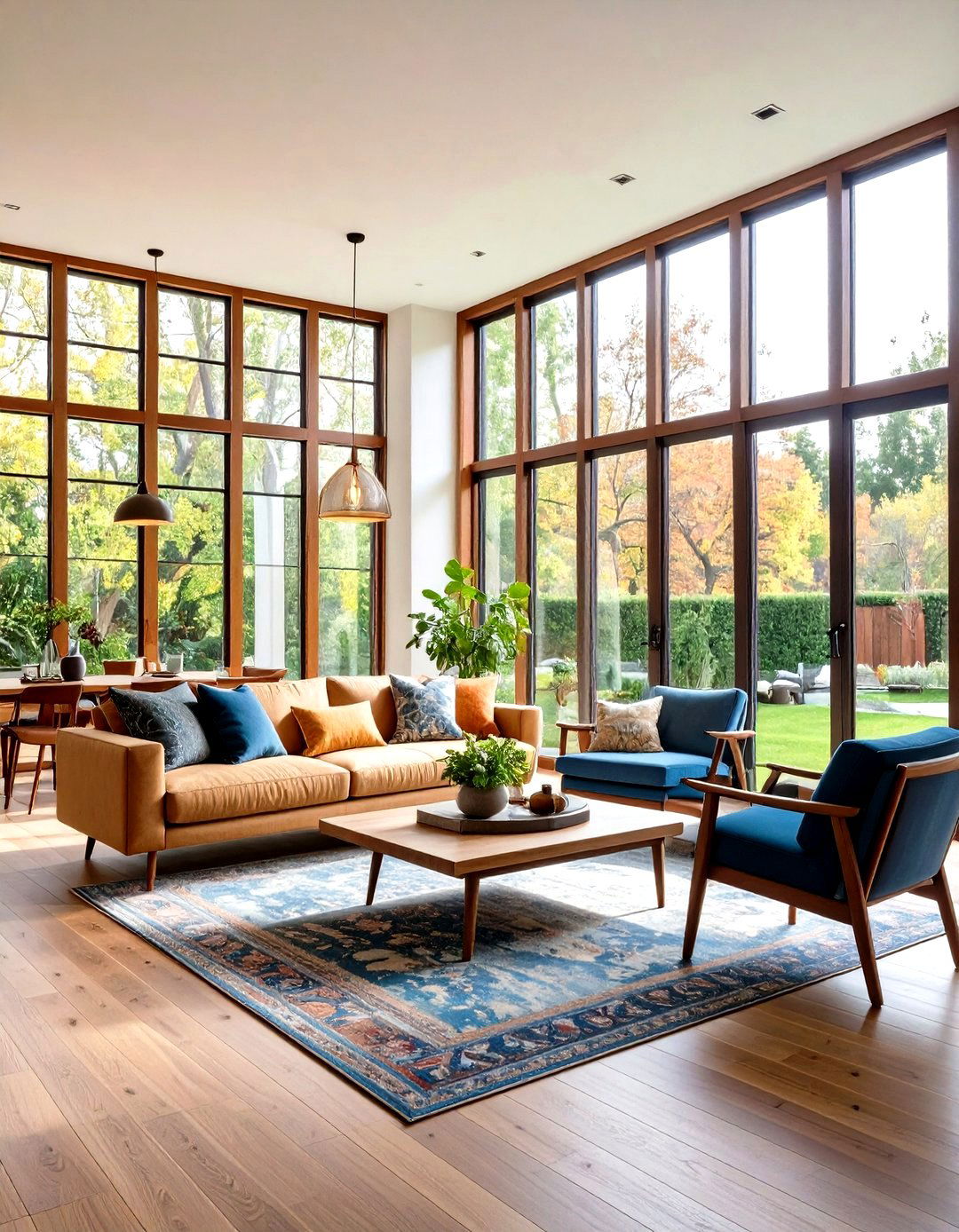



Leave a Reply